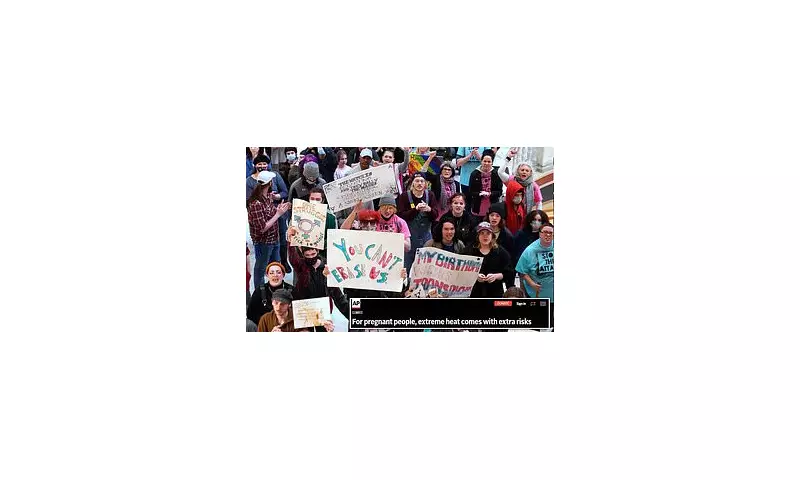
The Associated Press, one of the world's most influential news organisations, has ignited a fierce debate after quietly updating its style guide to replace the term 'pregnant women' with gender-inclusive language.
In a move that's sending shockwaves through journalism circles, the 177-year-old institution now instructs reporters to use phrases like 'pregnant people' when referring to individuals who can bear children, regardless of their gender identity.
The Style Guide Revolution
The changes, discovered during a routine style guide update, represent a significant departure from traditional journalistic language. The AP Stylebook, long considered the bible for newsrooms worldwide, now explicitly advises against using 'pregnant women' in favour of more inclusive terminology.
This isn't the first time the AP has updated its language around gender. The organisation previously endorsed using 'they' as a singular pronoun and has gradually incorporated more LGBTQ+-inclusive terms into its guidelines.
Media Industry Divided
The decision has split opinion within the media industry. Supporters argue it's a necessary step toward recognising that transgender men and non-binary individuals can also become pregnant.
However, critics claim the change represents an erosion of biological reality and could confuse readers. Some veteran journalists have expressed concern about the practical implications for clear, accessible reporting.
Political Implications
The language shift comes at a time when discussions around gender identity and women's rights are increasingly politicised. The AP's influential position means this change could shape how pregnancy-related issues are reported across thousands of news outlets globally.
Medical organisations have been gradually adopting similar language, with some NHS trusts and healthcare providers already using terms like 'pregnant people' in their communications and documentation.
What This Means for Readers
For the average news consumer, the changes will gradually become apparent in coverage of healthcare, reproductive rights, and family-related stories. The AP's guidelines influence not just its own reporting but hundreds of other news organisations that subscribe to its stylebook.
As the media landscape continues to evolve, this language shift represents one of the most significant changes to how fundamental human experiences are described in mainstream journalism.





